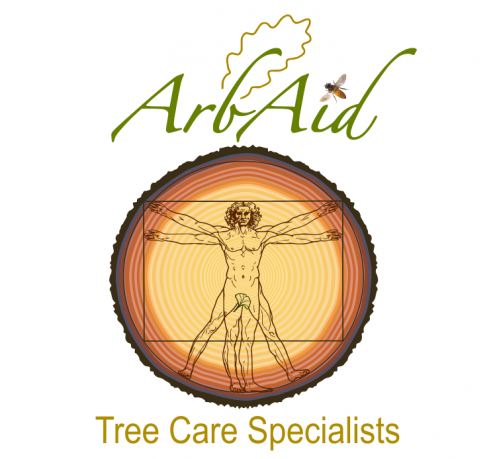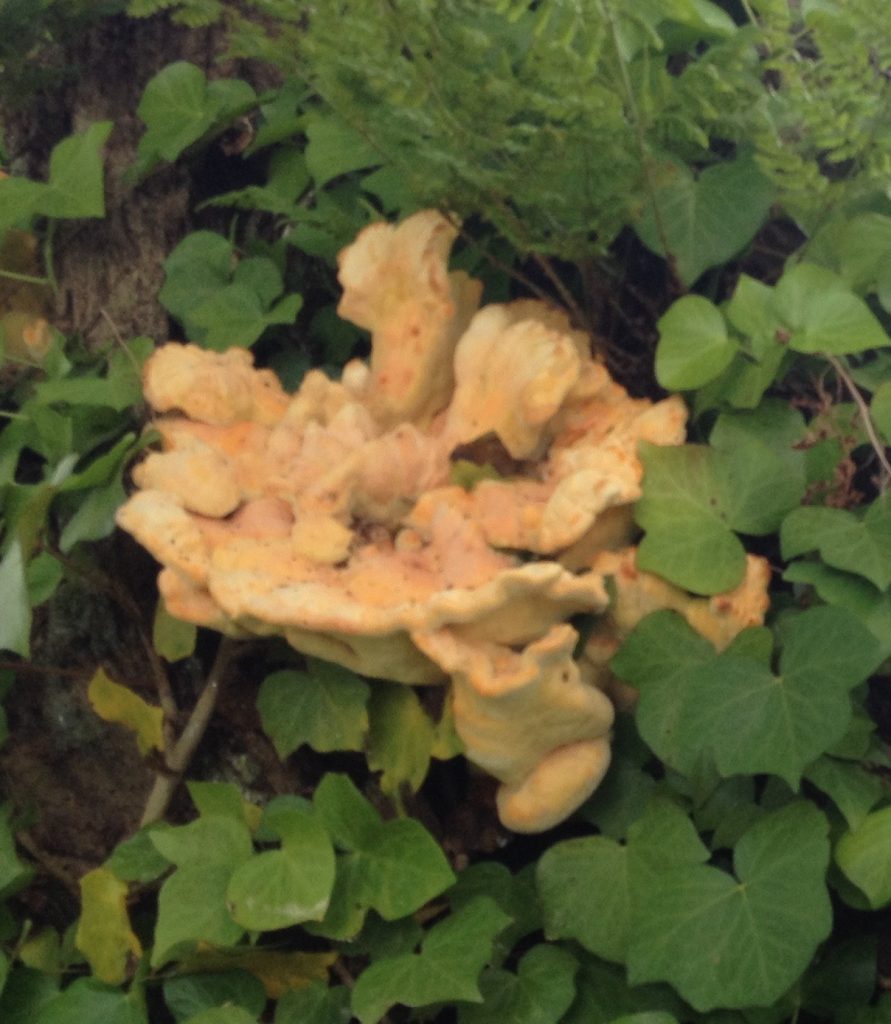Scientific name: Laetiporus sulphurous
Common name: Chicken of the woods, Sulphur polypore
Photos and words by Adrian Dowling, a Pembrokeshire Tree Surgeon 0f Arb-Aid Tree Care Specialists. Part of a Visual Tree Assessment (VTA) that was carried out in late summer last. Brown rot was evident on this veteran Oak (Quercus robur) with a major stem removed or failed and cleaned up many years previously. No Bracket in the autumn, so as a caviat to the VTA a late spring inspection was advised to identify the fungal type to assess the management of the tree for health and safety reasons.
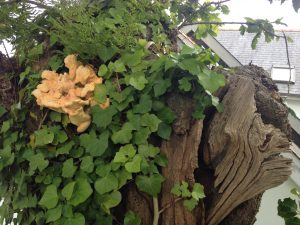
Type of decay: Brown rot, especially heartwood.
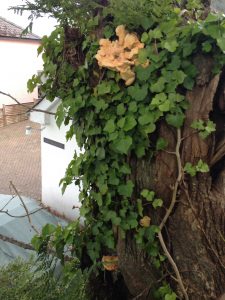
Description
An annual bracket appearing on the upper stem and stem base of host species from May-September. Brackets form in overlapping frilly layers up to 40cm across. When young the fruiting bodies are vivid sulphur yellow, becoming darker in colour with age and eventually brown-grey. Brackets smell fragrant when young however have an unpleasant smell when mature. The underside of the bracket consists of fine pores on a yellow background. The upper surface is also sulphur yellow becoming darker with sunlight and age. Creamy white sheets of mycelium can be found between the cracks in cubical decay of the host wood. The spore powder is white.
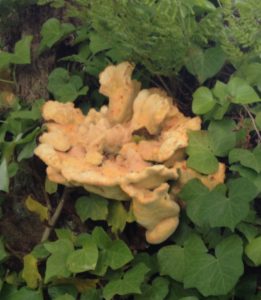

Effects of fungus on tree
Causes brown rot, especially in the heartwood. Wood becomes brittleand then turns to powder. The decay leads to brittle fracture of the tree at the point of the disease. Cavities and hollowed stem and branches often occur as a result of the fungal decay.
Hosts
Oak, Robinia, Willow and other broadleaf trees especially ones with coloured heartwood.
Getting Ready for the Pot

Edible Use:
Young: Pies, as a substitute to chicken, to make vegan roast dinner, bbq’d roasted.
Old: Dried and powdered for flavourings and stocks, in a pate.
Herbal
This fungi is a natural antibiotic and a weak disinfectant, as a whole it’s good at regulating health within the human body, improving and defending our bodies against illness. This may be down to Eburicoic acid produced by the sporophore which may be used to synthesize the steroids that play an important role in human health.


Known Hazards
People react to this fungi differently, it’s said that 1 in 10 people have adverse reactions to this fungus, usually just an upset stomach, but if vast amounts are eaten by this minority it can develop to vomiting and hallucinations have been recorded in the past. If you’re happy eating mushrooms normally you should be fine but it’s worth trying a little to start with before moving on to eating large amounts of this.
